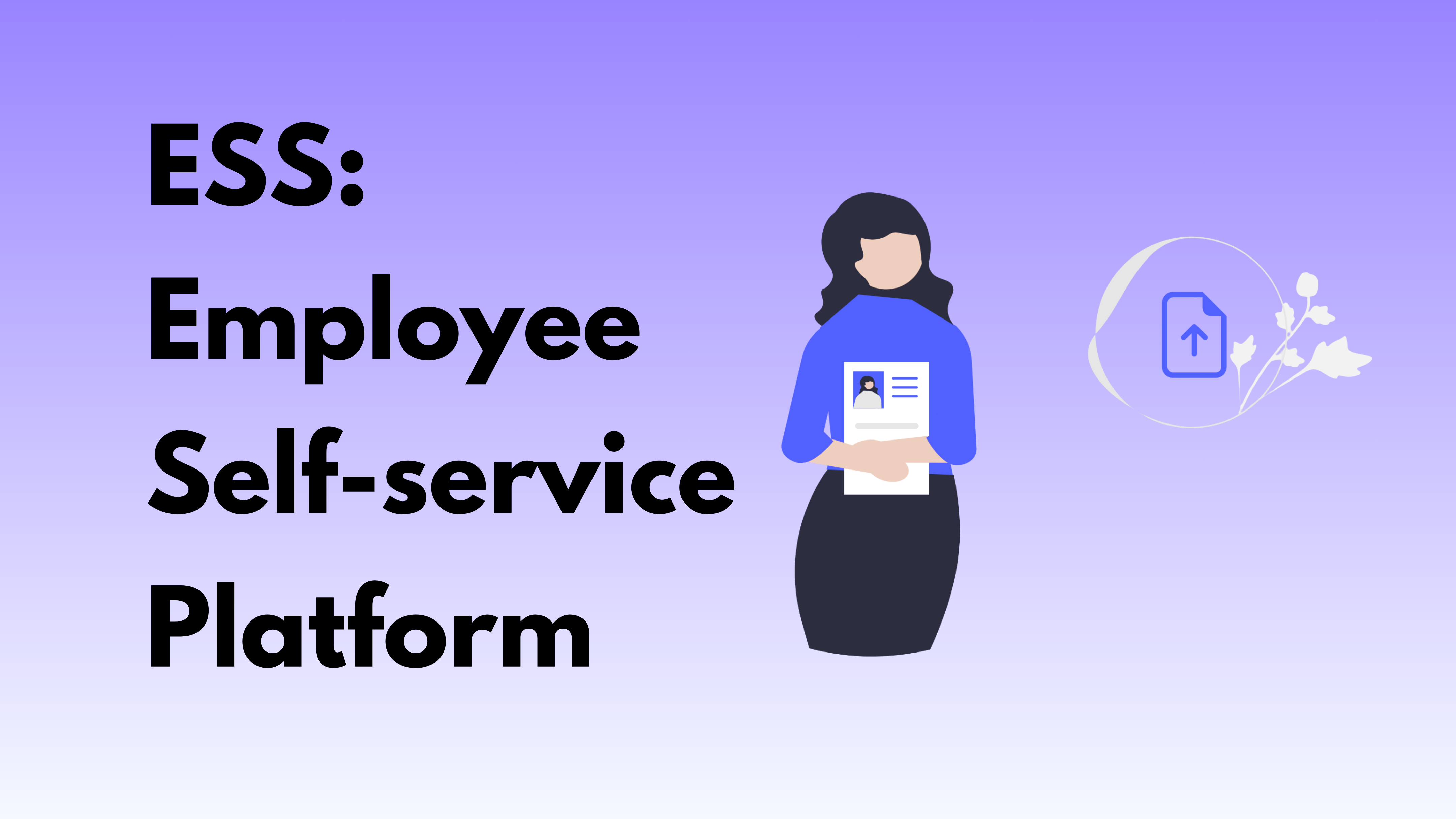
There is no company without a clear goal and vision. Without vision and goals, it is not possible to grow for any company. Whether it is a startup or a very well-established or renowned company. The achievement of these goals depends on the operational activities that a company takes and through what strategy they can achieve their desired destination.

Operational activities are a key part of an organization. No organization is possible without an operational team or a proper operational workflow. With the right team and management, an organization can implement and achieve a lot of things in a very short time.
To maintain a proper operational output or to achieve an overall organizational goal, there must be an operational strategy. So what does that mean? What is Operations Strategy? What is the secret behind cracking it? Let’s know about it deeply from here.
What is Operations Strategy?
An organization's integrated collection of strategies and initiatives to maximize its operational capabilities and accomplish its long-term objectives is referred to as its operations strategy. It includes choices and actions about the creation, arrangement, management, and enhancement of operational procedures, assets, and systems inside an organization.
For example, the fast-food chain's operations strategy focuses on speed, consistency, and cost efficiency. They achieve this by standardizing their menu items, streamlining their kitchen processes, and implementing a just-in-time inventory system. The company also invests in employee training and development to ensure a skilled and efficient workforce. By continuously monitoring customer demand and leveraging data analytics, they make data-driven decisions to improve their operational performance and maintain customer satisfaction

A clearly defined operations plan ensures that the organization's operational capabilities are in line with its overall business strategy, maximizing resource utilization, reducing costs, and effectively meeting customer expectations. To produce and provide value to consumers, it entails making strategic decisions about how to employ the organization's resources, including its facilities, machinery, technology, human capital, and supply chain management.
How is an Operations Strategy and Project Management related?

Project management and operations strategy are interdependent and linked. They work together in a variety of situations, including with the introduction of new products, efforts to optimize processes, facility expansions or relocations, and supply chain optimization. Project management is in charge of the specific tasks and timetables for product development and launch, whereas operations strategy specifies the integration, manufacturing process, and supply chain requirements when introducing a new product. Similar to process improvement, project management ensures that operational changes indicated by the operations plan are successfully implemented. Operations strategy chooses the best design and layout when expanding or moving a facility, while project management is in charge of carrying it out. Additionally, project management helps the implementation of supply chain improvement while operations strategy directs the overall goals.
Five key elements of Operations Strategy
1. Design of Processes: Operations strategy entails the design and optimization of processes to achieve operational efficiency and effectiveness. This comprises establishing the flow of operations, standardizing procedures, and putting in place quality control methods to ensure that high-quality products or services are delivered.
2. Capacity Planning: Capacity planning, which involves identifying the right level of resources, facilities, and production capacities to fulfill present and future demands, is part of the operations strategy. It entails evaluating elements such as production volume, resource availability, market demand, and scalability in order to achieve optimal resource usage while retaining operational flexibility.

3. Supply Chain Management: Operations strategy encompasses managing the entire supply chain, from sourcing raw materials to delivering finished products or services to customers. It involves decisions related to supplier selection, procurement, inventory management, logistics, and distribution. Effective supply chain management ensures a timely and efficient flow of materials and information to meet customer demands.
4. Quality Management: Implementing quality management practices to attain and maintain high product or service quality is part of the operations strategy. Establishing quality standards, implementing quality control mechanisms, and continuously evaluating and improving quality throughout operating processes are all part of this. Customer satisfaction, brand reputation, and competitive advantage all rely on quality management.
5. Continuous Improvement: Operations strategy emphasizes the pursuit of continuous improvement in all aspects of operations. This involves adopting methodologies such as Six Sigma, Lean, or Kaizen to identify and eliminate waste, streamline processes, and drive efficiency. Continuous improvement initiatives aim to enhance productivity, reduce costs, and enhance customer value through ongoing evaluation, learning, and adaptation.
Right tool for successful operations strategy:
Now there are a lot of tools out there to maintain operations strategy and you can use any of them. But Tixio is also here to help you make a successful operations strategy. Based on the key elements here how Tixio can help you:
With Tixio’s wiki and script features, you can do it easily. With the wiki feature, you can create or draw your design process and share or collaborate with your team. Through the script feature, you can share any document at any time with your team members. It will only just pop up on the website you want to share. Which will help you to maintain your operations strategy more smoother and easier.

Tixio’s task module feature will allow you to track every task of your team members. Whether you are in an operations team or any team you can maintain and manage your team tasks from anywhere. So this is how Tixio will help you to become better in operations management.
One app for everything!





.avif)
.avif)


.png)

